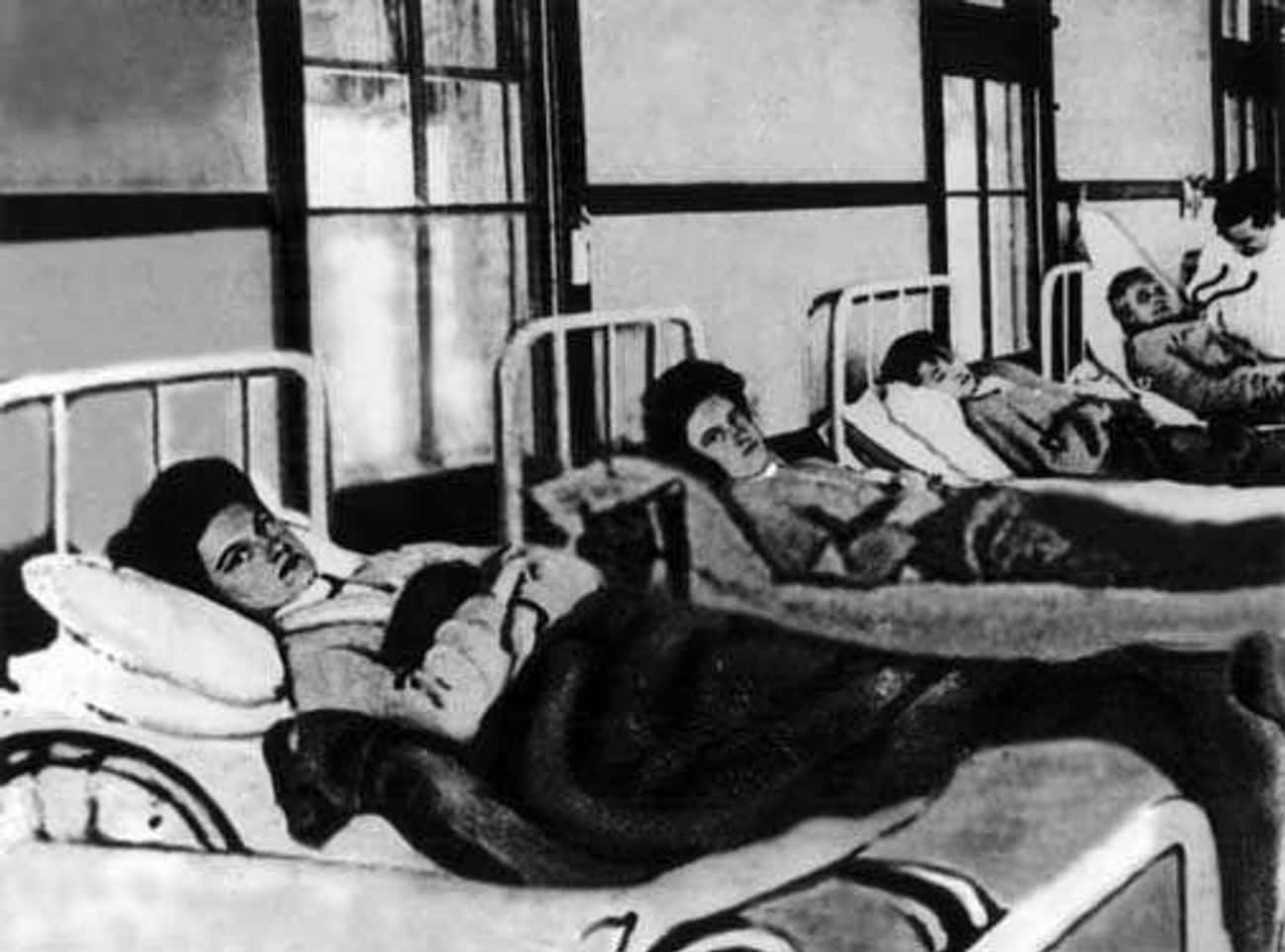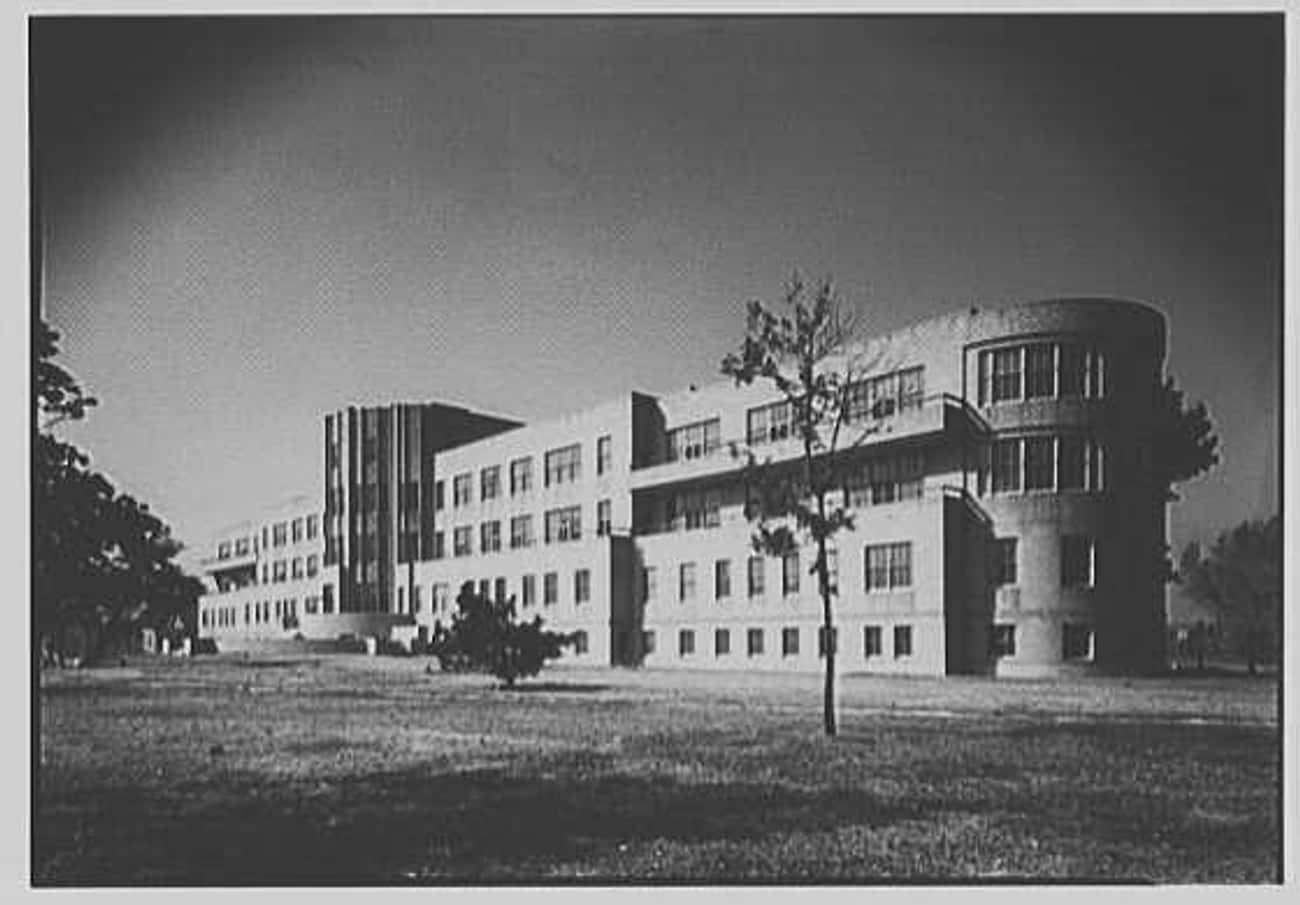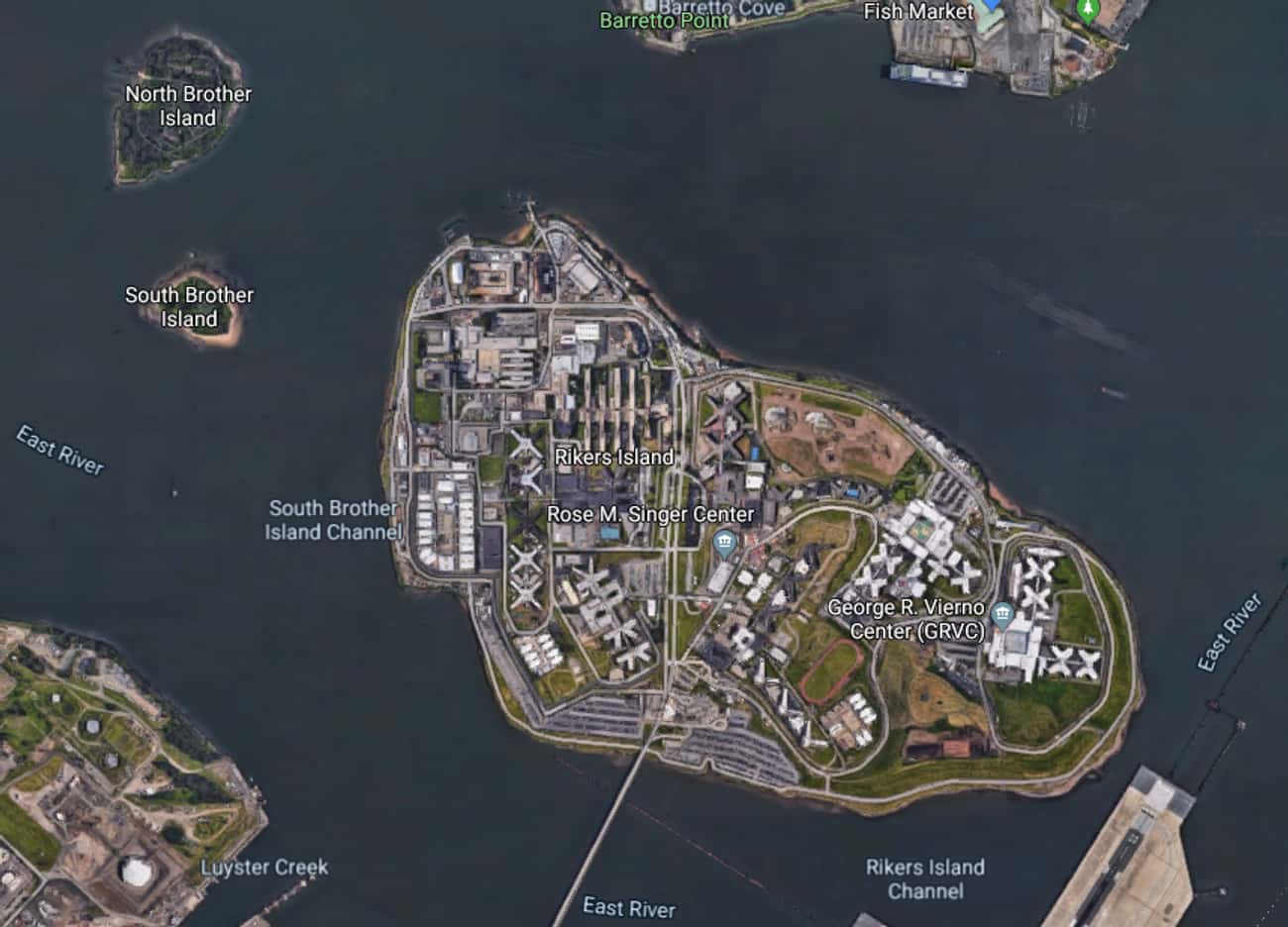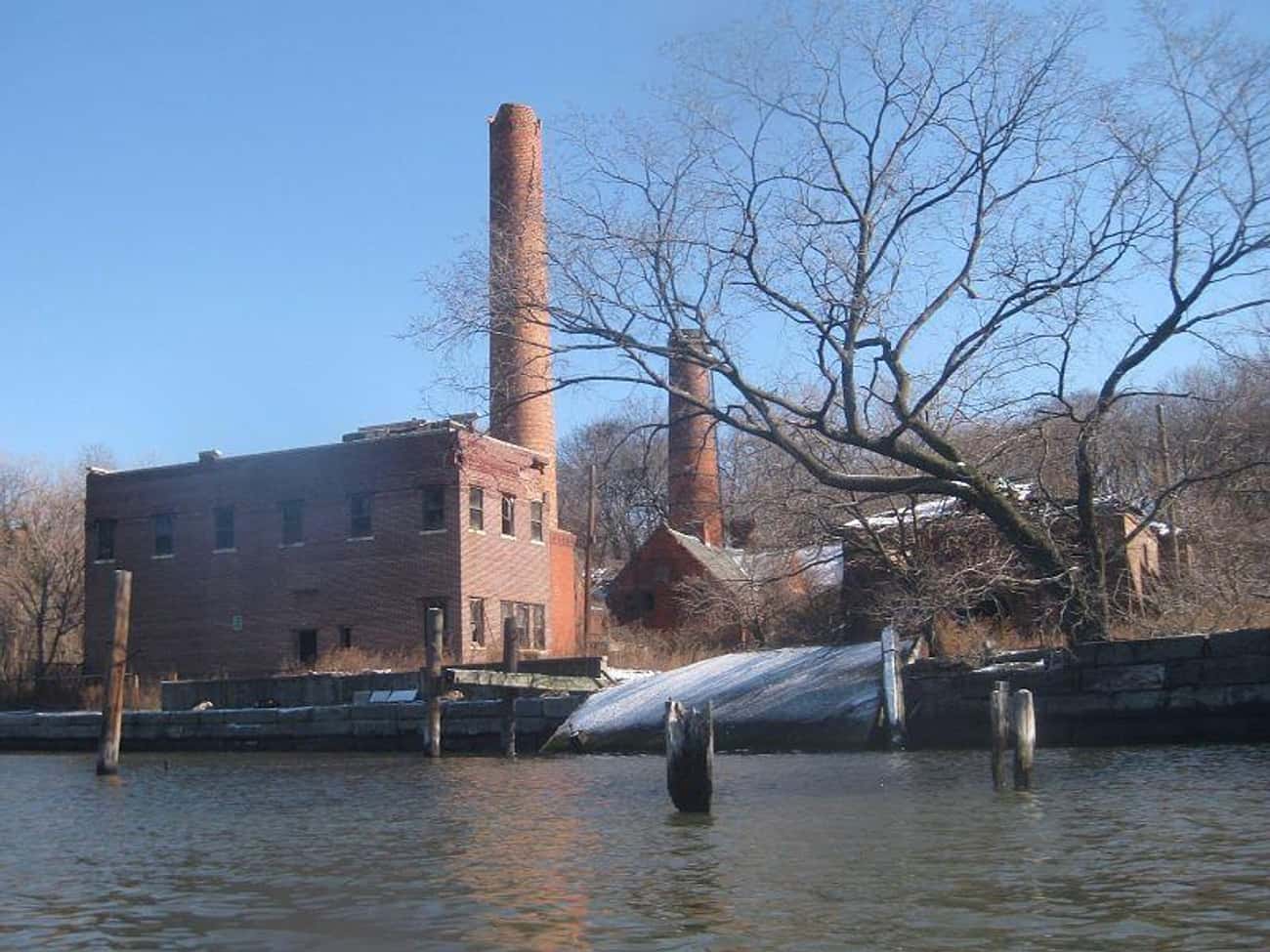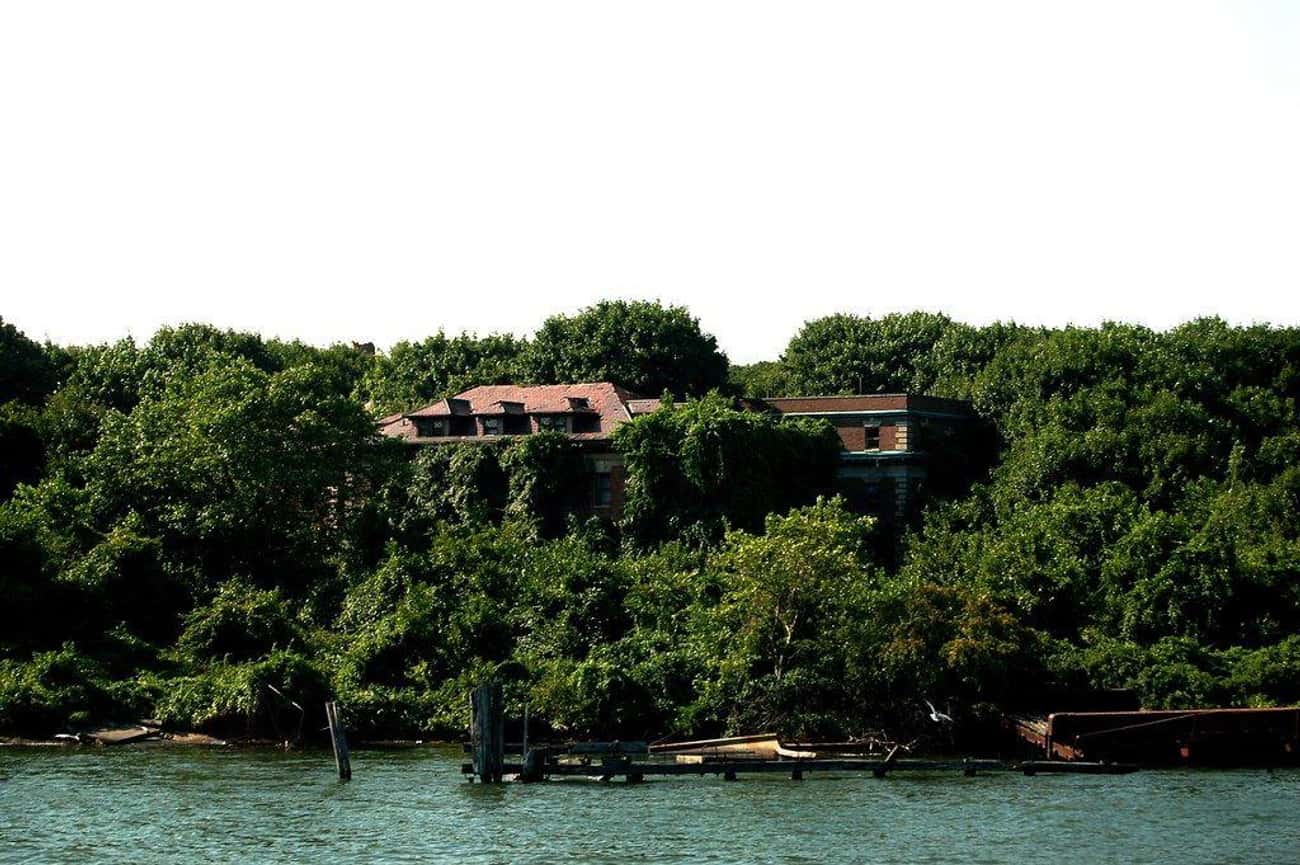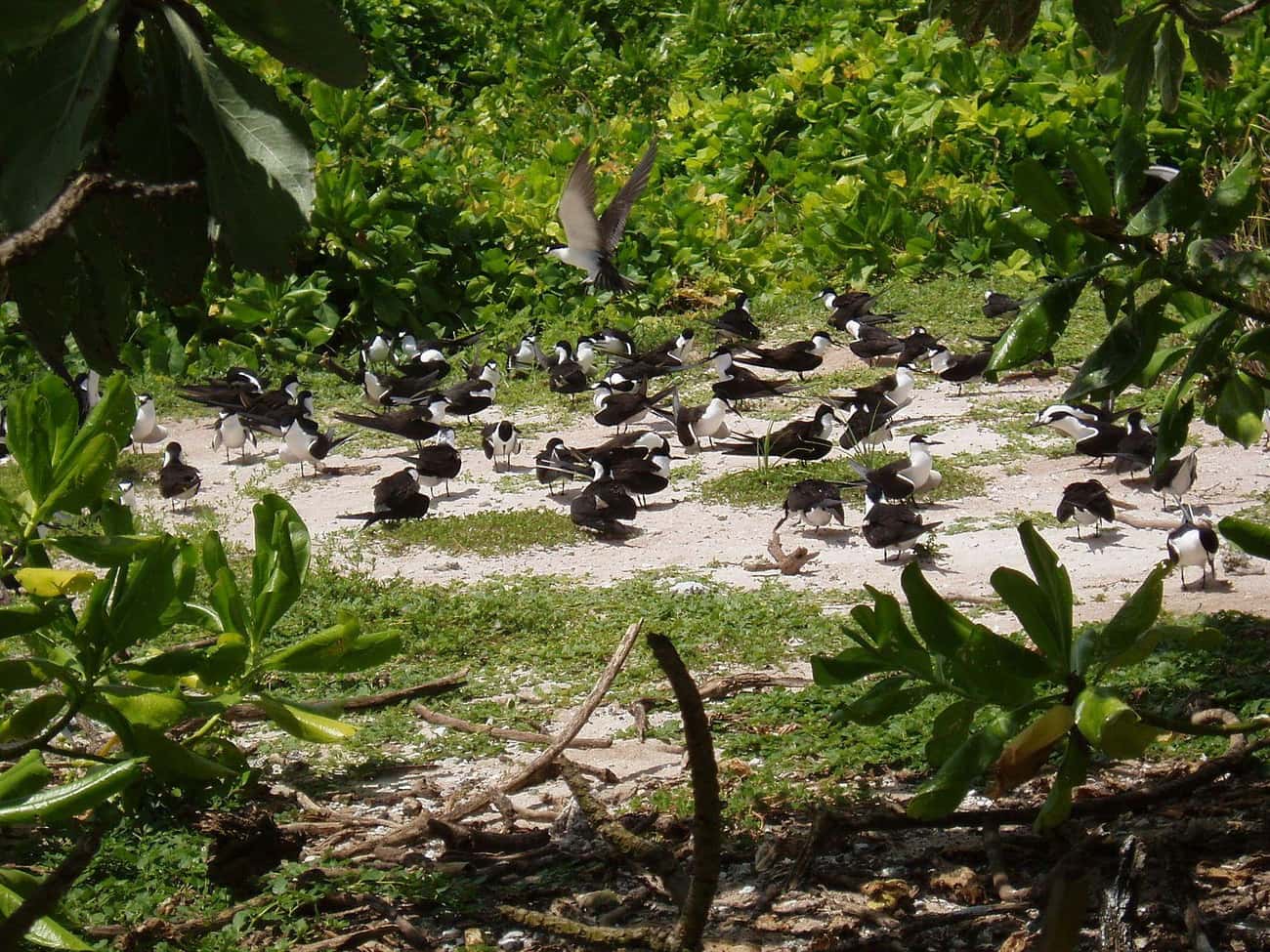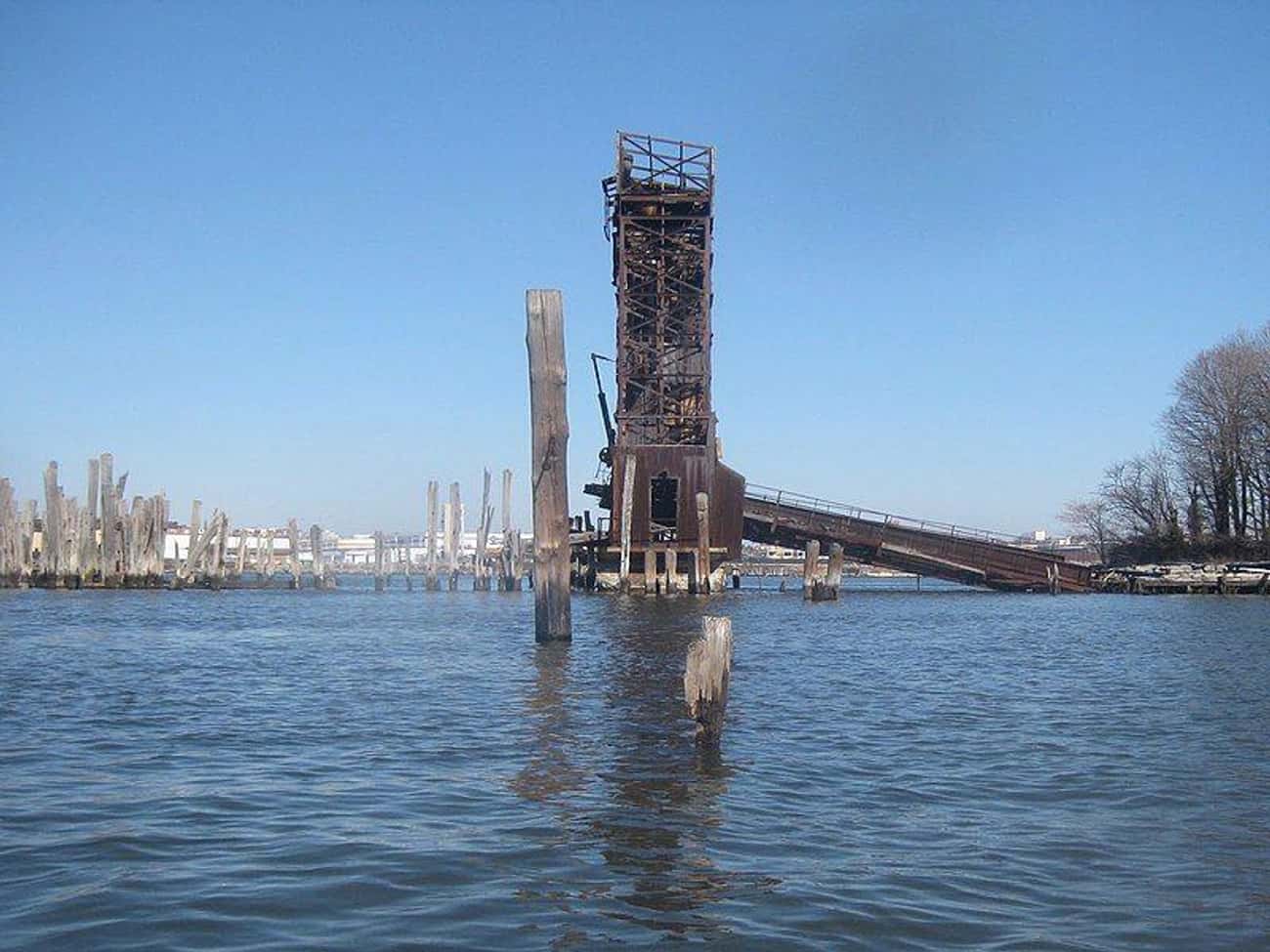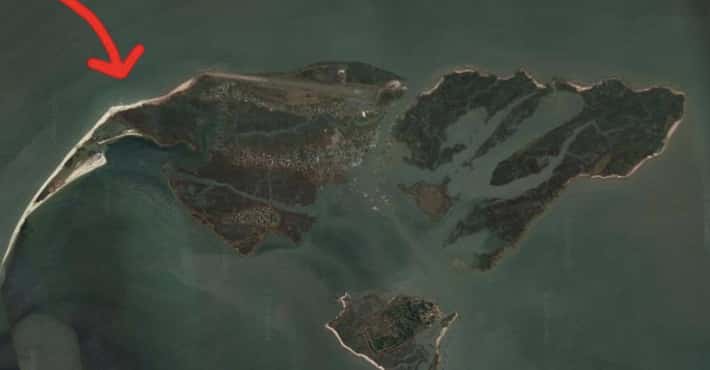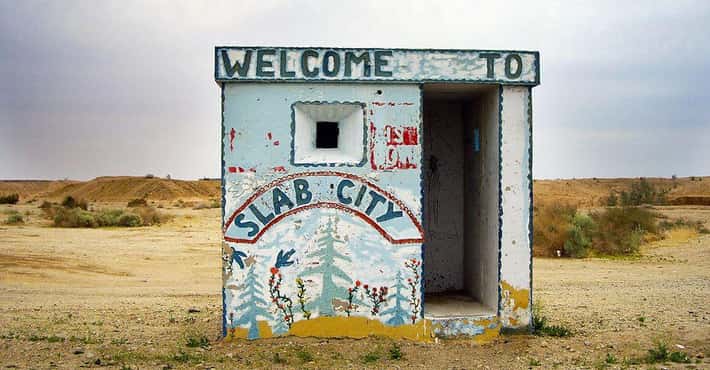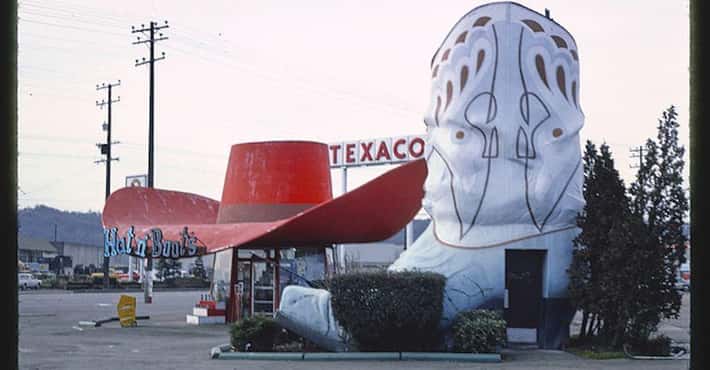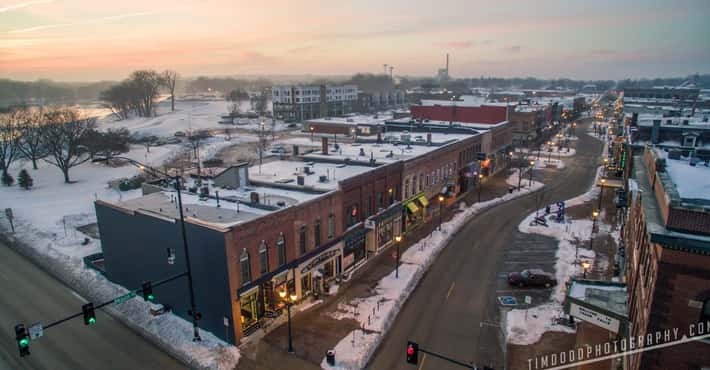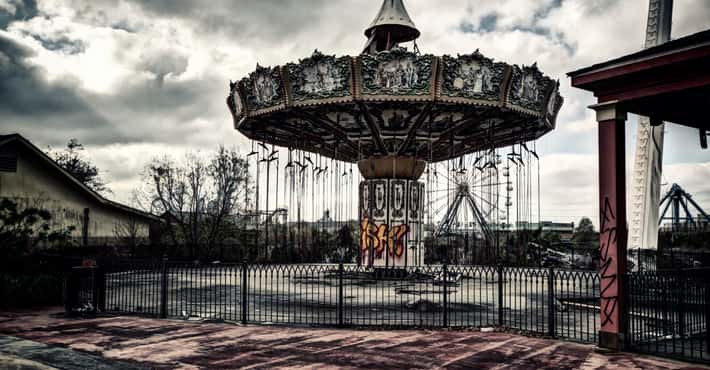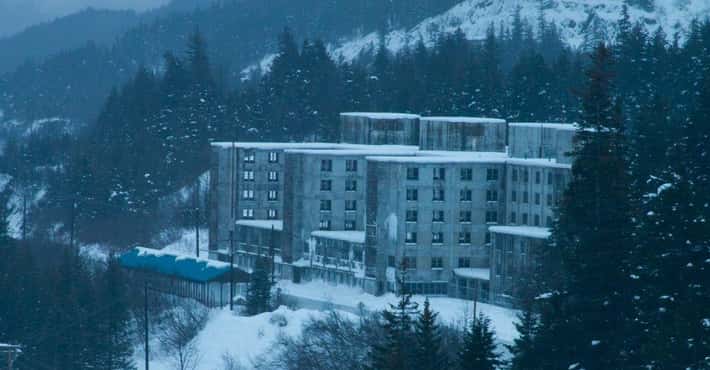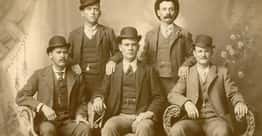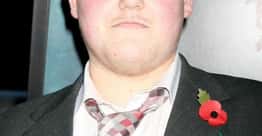
The Strange History Of New York's Uninhabited North Brother Island
- Photo: The New York American / Wikimedia Commons / Public Domain
The US Quarantined Typhoid Mary On The Island, And She May Still Be Haunting It
The infamous Typhoid Mary - whose real name was Mary Mallon - infected dozens of people with her namesake disease. As one of the first asymptomatic carriers of typhoid, she inadvertently passed it on to more than 50 unwitting victims.
Investigators eventually identified Mallon as the disease carrier and quarantined her to North Brother Island, where she lived in a bungalow before suffering a paralyzing stroke that landed her in Riverside Hospital. She passed six years later. Though she's buried in the Bronx, she is rumored to haunt the island where she was held against her will for 26 years.
- Photo: Gustav Scholer / Wikimedia Commons / Public Domain
The Island Was Home To The Second-Largest Loss Of Life In New York History
A steamship called General Slocum burst into flames just off the coast of North Brother Island in 1904. The captain attempted to quickly sail to the shore, but the ship's speed only fanned the fire. By the time General Slocum reached North Brother, the ship had been swallowed up by flames. Most of the passengers couldn't swim and the life vests on board failed them. Lifeboats were inaccessible.
Roughly 1,000 people died in the incident, which marked the largest loss of life in New York until 9/11.
- Photo: Gottscho-Schleisner, Inc. / Library of Congress / Public Domain
Riverside Hospital Treated Patients With A Variety Of Infectious Diseases
In 1885, the city of New York purchased North Brother Island to build Riverside Hospital, a medical facility originally intended for smallpox patients. Riverside eventually began to treat other infectious diseases, including typhus, tuberculosis, and polio.
Riddled with controversy, the hospital often reached capacity, and staff regularly used poorly sterilized medical tools. When no more hospital beds could fit inside specific sections of the building, patients were placed in outdoor tents. These tents occasionally caught fire, as they were heated with wooden stoves.
No telegraph or phone lines existed for Riverside as late as 1894, leaving it extremely isolated. There was a morgue in the hospital to process the bodies of the many people who perished on its grounds.
During The '50s, North Brother Housed A Rehab Facility
When the city of New York gained authority over the island from New York State in 1951, North Brother became a treatment center for young people addicted to opioids and other substances.
Photos from New York City's Department of Records and Information Services show teen addicts living in what was formerly Riverside Hospital. The program, expensive and riddled with corruption, shut down in 1963.
- Photo: Google / Google Maps / Fair Use
Nearby Rikers Island Is Home To New York's Most Infamous Jail
In the 1990s, city officials looking for a purpose for North Brother Island contemplated expanding the federal prison complex on nearby Rikers Island. Ultimately, they decided against it.
Rikers has a controversial past, with prisoners themselves having expanded the prison grounds using literal garbage shipped to the island. In its early days, the prison developed a massive rat infestation - a problem that even large packs of hungry hunting dogs couldn't solve.
Rikers became known for its lawlessness. Prisoners frequently committed acts of aggression against one another, as well as the prison's guards. New York state's former chief judge Jonathan Lippman described Rikers as a "penal colony" and a "19th-century solution to a 21st-century problem."
Because of North Brother's proximity to Rikers, police patrol the East River, which connects the two. Business Insider journalist Dave Mosher noticed their presence, observing that authorities seemed wary of people visiting North Brother given its proximity to one of the country's largest prisons.
The State Of New York Nearly Auctioned Off The Island
Bronx borough president Robert Abrams blocked the sale of North Brother Island in the mid-'70s. Ira Duchan, New York City's commissioner of real estate, planned to put it up for auction at $1 million, but Abrams believed the sale was short-sighted. He saw potential for the island as an environmental monitoring station with recreational facilities:
This is not just a piece of land to be sold to the highest bidder... It would be a tragedy to sell it to a commercial developer. So much of the city's waterfront property has been misused. There is very little left, and this island represents a very special, irreplaceable commodity. We should be visionary in planning for this valuable land.
North Brother Acted As Temporary Housing For Soldiers Studying Under The GI Bill
After advances in public health made quarantine-based treatment obsolete, Riverside Hospital was used as housing for soldiers studying at colleges in New York under the GI Bill.
After WWII, the state converted Riverside's men's dorms into Island Nursery School, which served as housing for soldiers' children. This arrangement lasted for five years until the state's lease on the island expired in 1951.
- Photo: Dori / Wikimedia Commons / CC BY-SA 3.0 US
The Island Became A Dedicated Bird Sanctuary In 2001
The New York City Parks Department has controlled North Brother since 2001, when it designated the island a bird sanctuary. After North Brother's rehab facility closed in 1963, nature began to retake the land. Flora covered pathways and buildings, and the island became a popular stopover site for migrating herons.
Today, North and South Brother Island are together designated a Harbor Herons Region. They act as protected nesting sites for the herons, as well as other shorebirds.
- Photo: Julie McCoy / Wikimedia Commons / CC BY-SA 4.0
The Island Is Completely Abandoned
The rehabilitation facility shut down largely due to operating costs. Patients, doctors, and staff all left North Brother, which Smithsonian magazine attributes partially to real estate being cheaper elsewhere.
The island is now completely abandoned. No one is allowed to visit without the approval of New York City officials.
- Photo: Jay Gorman / Flickr / CC BY-SA 2.0
The Vegetation Is So Dense That Some Abandoned Buildings Are Completely Obscured By Foliage
Christopher Payne, who published a series of photographs of the island, said that in the summer, the vegetation grows incredibly thick. At some points, he couldn't access certain areas without a machete to cut through the dense brush.
Some buildings are entirely hidden from view by foliage. A road that once ran around the island has entirely crumbled, eroded by the waves of the East River. Payne says he sees this disintegration as futuristic. With scientific evidence that coastal cities may become abandoned only a century from now, Payne believes New York City might "look like North Brother Island in 50 years."
- Photo: Anne Sheppard / Wikimedia Commons / CC-BY-3.0
South Brother Island, Once Home To A Brewing Magnate, Is Similarly Abandoned
South Brother Island sits near North Brother, and it's been historically undervalued. In 1975, the island - which may have acted as a base for Union soldiers - went for just $10 despite its proximity to New York City.
Yankees owner Jacob Ruppert Jr., a brewing magnate, occupied the island in the late 1800s and early 1900s. It's rumored that Babe Ruth would visit to play baseball in the field next to Ruppert's yacht house.
- Photo: Julie McCoy / Wikimedia Commons / CC BY-SA 4.0
Officials May Reopen The Island To The Public
The only people allowed to visit North Brother Island today must receive approval from the city of New York. Those who access the land are typically reporters and City Council members who have to be accompanied by city workers from the Parks Department. Even approved visitors, however, can't come to the island during heron nesting season.
City officials have looked into reopening the island eventually. Before they can do so, it's necessary to build a new dock and repair deteriorating buildings for the safety of those visiting, a process that would cost millions.


